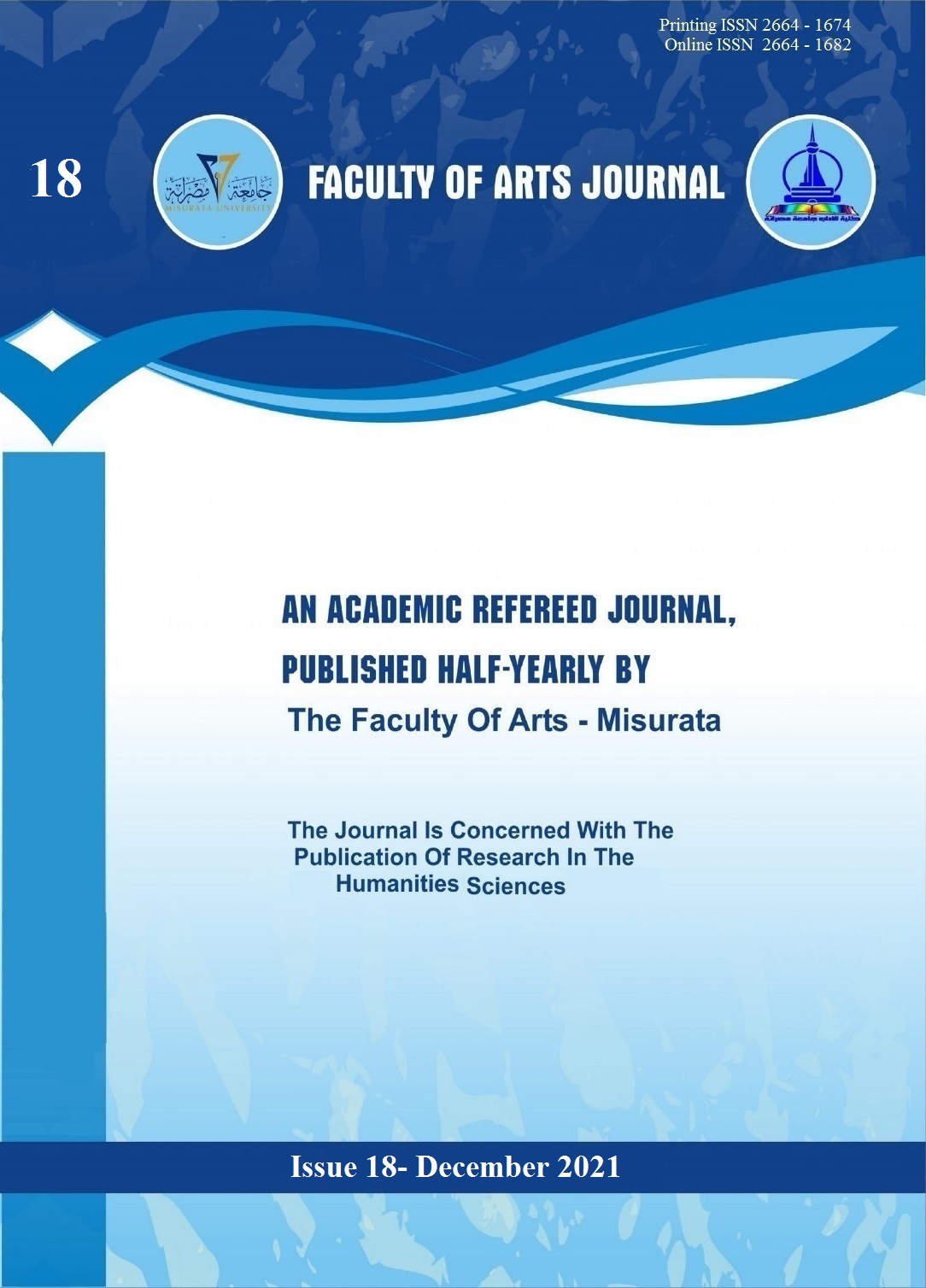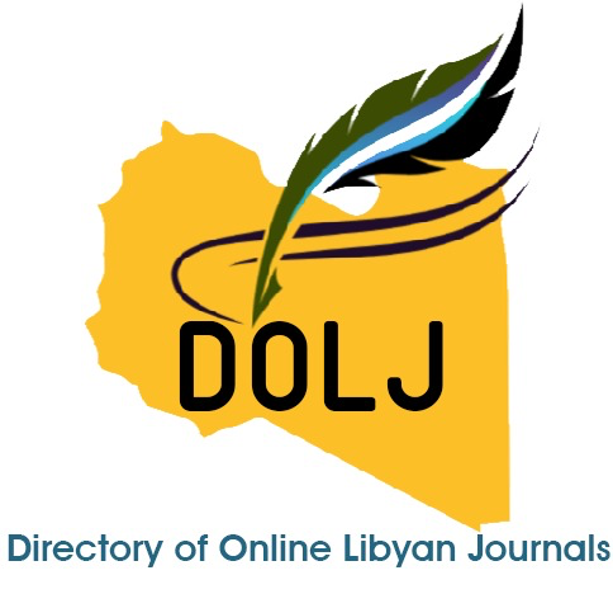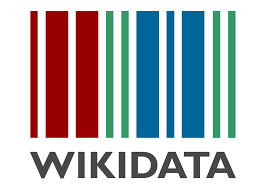A Study in some of Gadamer’s Hermeneutic Terms
DOI:
https://doi.org/10.36602/faj/2021.n.18.06Keywords:
Interpretation, Understanding, Consciousness, PerceiverAbstract
Each of sciences has its own terminology, so also philosophy has its own, even if philosophy is thought and its method is the thought of thought. Philosophy has what distinguishes it from other sciences as it is based on various philosophical systems, doctrines and trends, with the diversity of the philosophers cultures, due to the difference between them that is mainly due to their cultures, even to their environments and religions that formed their visions and philosophies, therefore, philosophy in general, although it is seen by those who do not specialize in it as having a common orientation, but in reality are disciplines that have similarities, differences and even contradictions, according to the logic that forms the basis of each philosophy, for example, realistic philosophy is not idealistic one, and scientific materialist philosophy is not a bio-spiritual one. Likewise, the analytical-mathematical trend is not the human one, for each trend has its themes, its system, its philosophers, and its philosophy that characterizes it with its character and distinguishes it from others, its subject is a meeting with existence through language, thus combining existence and man, the worlds of man and what he suffers and what he aims for in one crucible. Hermeneutics has its philosophers from “Schleirmacher” through “Dilthey” to “Gadamer”. Accordingly, the research is limited to dealing with some of “Gadamer’s” hermeneutic terms, in an effort to clarify them, reveal their ambiguity, and determine their implications and connotations, especially since he made hermeneutics a step forward when he took it to the “linguistic” stage, when he saw that the existence that can be understood is language.
Downloads
Published
How to Cite
Issue
Section
License
Copyright (c) 2021 خالد أحمد السباعي

This work is licensed under a Creative Commons Attribution 4.0 International License.
All works published in this journal are licensed under the Creative Commons Attribution 4.0 International License (CC BY 4.0), which permits use, sharing, adaptation, and redistribution for any purpose, including commercial ones, provided that proper credit is given to the original author and source, a link to the license is provided, and any changes made are indicated.

















